A number of changes take place in the environment and these affect organisms that live there. Changes can be daily (see day and night picture) or seasonal. Organisms adapt to these changes to ensure their survival.
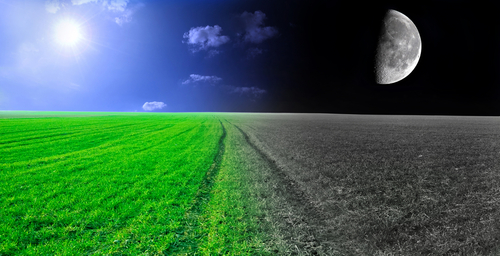
Daily changes
Flowers give off smells to attract the animals that pollinate them. Some flowers are nocturnal, which means they open at night such as the evening primrose plant. This is because the animals that pollinate them are active during the night like some moths for example.
Some animals are also nocturnal because they have to avoid being seen and eaten during the day like hedgehogs. Others hunt at night because the animals they eat are active at night! Nocturnal animals are adapted to have excellent eyesight and/or hearing like owls.
Seashore organisms are adapted to tides (see picture). Sea anemones, for example, use tentacles to feed underwater, whereas when the tide goes out, they pull their tentacles in to stop them drying out.
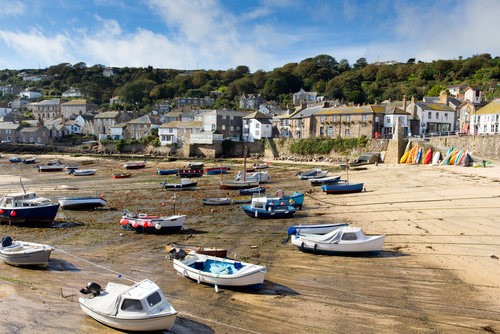
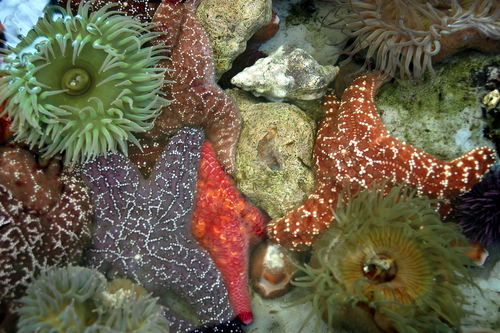
Seasonal changes
In winter, deciduous trees lose their leaves, as there is not much light for photosynthesis and a lot of water is lost through leaves. This water cannot be replaced if the water in the ground is frozen. Evergreen trees have tougher leaves that do not lose that much water. They keep their leaves all year round, so they can start photosynthesis as soon as there is enough liquid water and light. These trees usually grow in places with short summers.
Some plants die completely in the winter. Their seeds grow into new plants in spring. Other plants die just above the ground, whereas their bulbs below ground are ready to grow again as soon as the weather is warmer like daffodils and snowdrops.
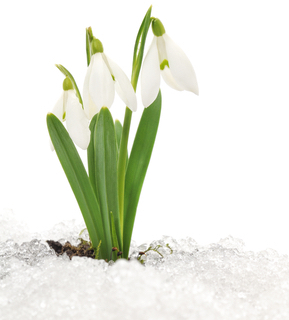
Animals also adapt to life during winter. Some grow longer fur to keep warm. Some change their fur colour into white, so they are better camouflaged in snowy environments; a bird called the ptarmigan even grows feathers on its feet to walk better in the snow!
Others collect and store food so they can eat during the winter when food is not available easily. Furthermore, some animals eat a lot in the autumn and sleep during the winter, waking up in spring, when there is more food available, like some bears. This is called hibernation (see cartoon). Finally, some organisms just migrate to warmer climates, like some species of geese.
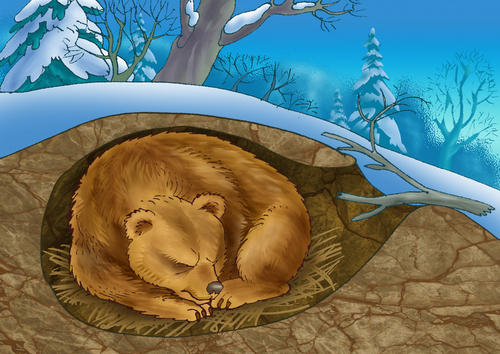
Let's explore further how these variations in their environment affect the organisms that live there.

